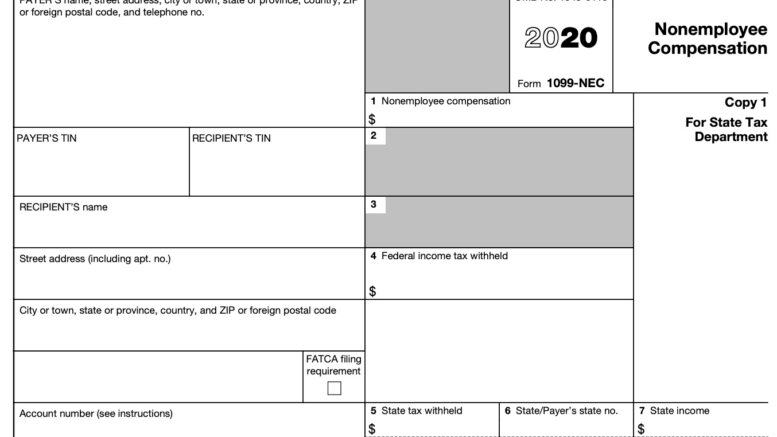Technology
1099-NEC Complexities: The Gift Nobody Wants, But Everybody is Getting
The second year of Form 1099-NEC reporting for non-employee compensation will once again be eventful with much uncertainty and late-breaking state guidance. For tax year 2020, the IRS did not include the new form in the Combined Federal State Filing ...
Dec. 13, 2021

Global tax software provider Sovos says it is monitoring changes and providing updates on evolving state reporting rules as they become available to help small and medium-sized businesses navigate the complexities of the second year of Form 1099-NEC tax reporting.
“We interact with hundreds of organizations every week, and there is a significant lack of awareness in the market of the 1099-NEC direct state reporting requirements,” said Paul Banker, general manager, tax and regulatory reporting, Sovos. “Just last month we hosted a webinar for more than 1,000 registrants, and 51% of poll respondents indicated they did not comply with their 2020 Form 1099-NEC state reporting obligations. We are providing advanced education to the market so organizations will have time to assess their obligations and prepare for these significant changes.”
Why 1099-NEC Direct State Reporting is So Complex
The second year of Form 1099-NEC reporting for non-employee compensation will once again be eventful with much uncertainty and late-breaking state guidance. For tax year 2020, the IRS did not include the new form in the Combined Federal State Filing (CF/SF) program. As a result, 36 states plus the District of Columbia issued late-breaking direct reporting requirements. This caused many organizations to scramble to report non-employee compensation tax information in multiple jurisdictions.
For this upcoming tax reporting season, the IRS Publication 1220 Specifications for Electronic Filings of Forms indicated the Form 1099-NEC data will be included in the CF/SF program for tax year 2021. However, in 2020 so many states invested in new processes and technology to receive the Form 1099-NEC data directly from businesses, it is unlikely that many of them will pivot to receive the information later in the year from the IRS. As of December 6th, twelve states (AR, CT, GA, KS, KY, MO, NE, NC, OH, VA, WI and WV) have released 2021 Form 1099-NEC reporting guidance. Ten of these states maintain the direct filing requirements rather than opting to receive it from the IRS, and so far only Arkansas and Virginia will accept 1099-NEC through the CF/SF program.
There are many states that will be releasing updates over the next few weeks. To stay up to date on late breaking state changes, visit and subscribe to Sovos’ 1099-NEC blog for live updates and emails as new guidance is released.
Sovos and Sovos 1099 Pro have a full range of software and service options to support businesses of every size to prepare for these significant and rapidly changing 1099 reporting obligations.
